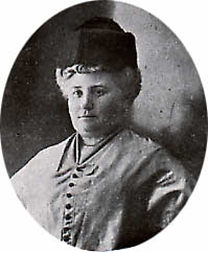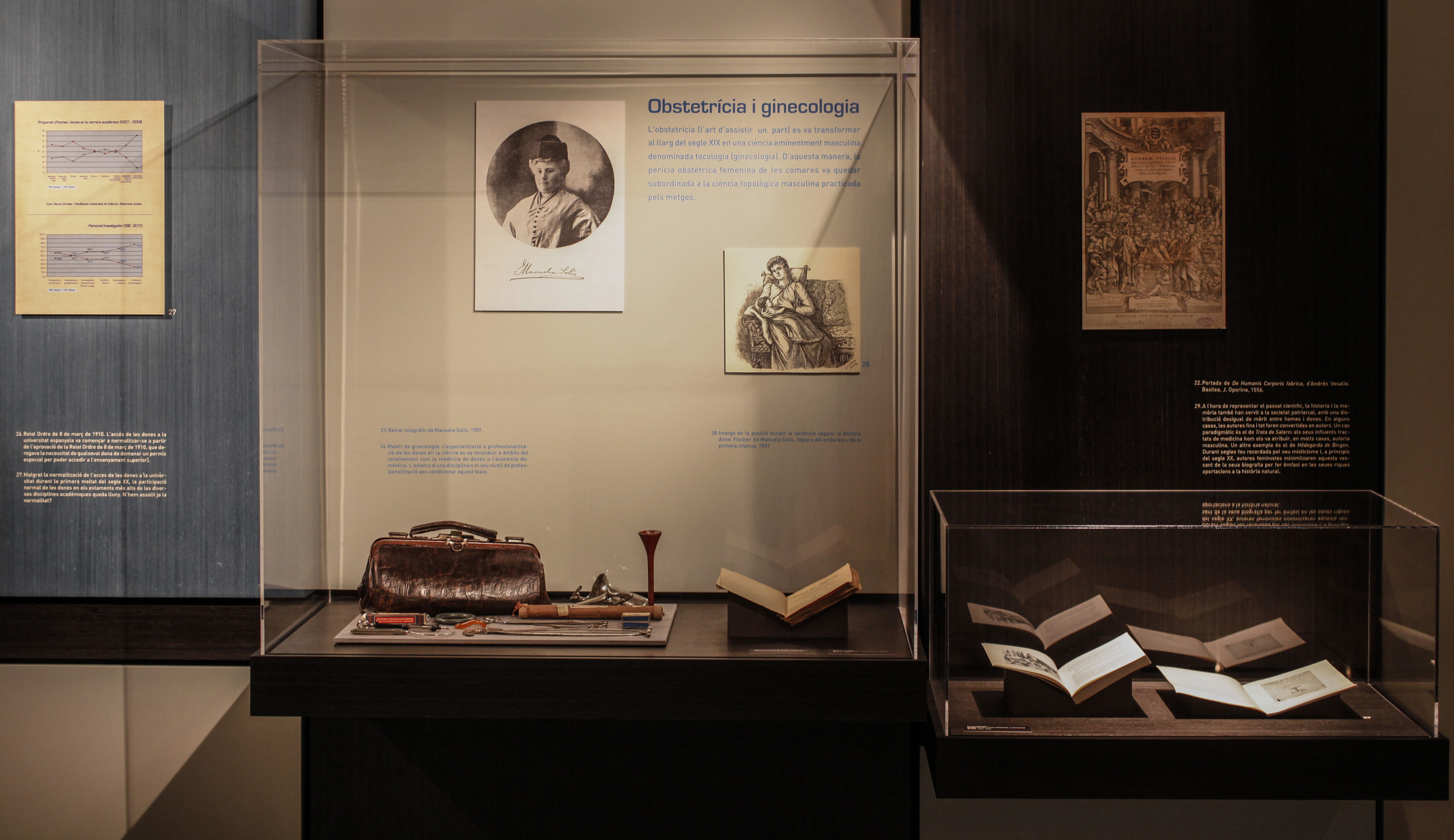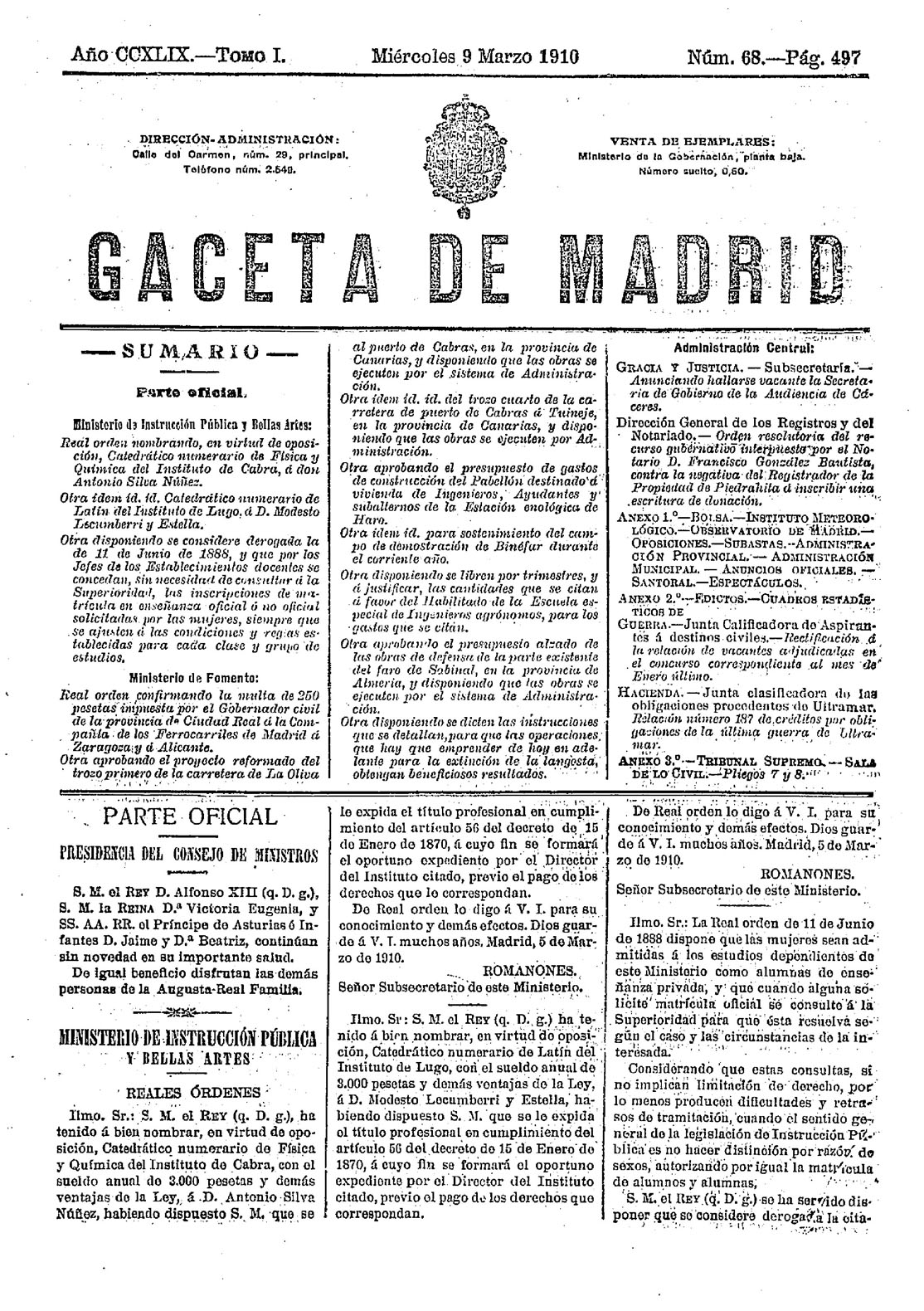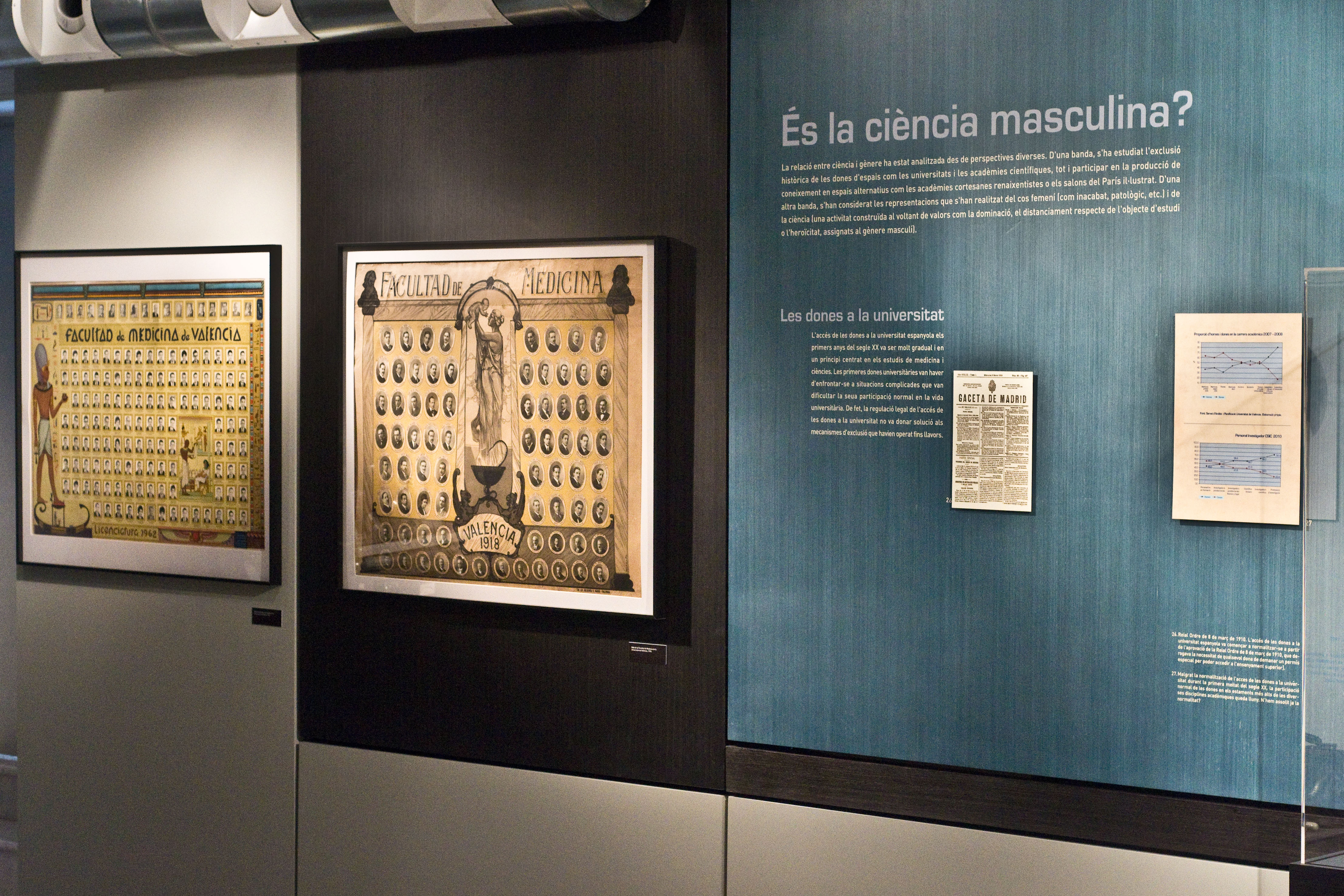Science is male?
The relationship between science and gender has been analyzed from different perspectives. On the one hand, we have studied the historical exclusion of women from places such as universities and scientific academies, even participated in the production of knowledge in alternative spaces such as schools or court rooms of the Renaissance Paris Illustrated . On the other hand, have considered the representations that have been made both of the female body (as unfinished, pathological, etc.) and science (an activity built around values such as the rule, the distancing of the object of study or heroism, assigned to male).
Obstetrics
In the past represent scientific history and memory have served patriarchal society, with unequal distribution of merit between men and women. In some cases, even turning authors authors. A prime example is the Trota of Salerno (eleventh century): his influential medical treatises were often attributed authorship men. Since Trota of Salerno until well into the twentieth century, specialization and professionalization of the women in science is redirected to the conociment areas such as medicine women or domestic economy. The status of a discipline or their level of professionalism conditioned this bias.
Midwifery (art care delivery and "are to attend") became during the nineteenth century in a predominantly male science called obstetrics. Thus, the skill of the midwives obstetrical female was subordinate to the male part science practiced by surgeons at first, and eventually also by doctors.
The body
From ancient Greece to the early stages of the modern age, the difference between male and female bodies was perceived as a difference of degree. The female body was a male body unfinished. Continuities are present with this classic speech Andrea Vesalius and other contemporary authors who reformed anatomical knowledge. In later centuries, the difference would be kind. In any case, these "differences" justify inequalities patriarchal society.
Indeed, the cover of the work of Vesalius De Humani Corporis Fabrica (1543) imagines a woman's body; According to the author, a woman convicted should try to avoid execution by claiming to be pregnant. The fact that dissection is done on the body of a woman may be anecdotal, but the discussion about the possible pregnancy reveals another controversial issue: the use of unequal male and female bodies in medical research.
Women in college
The access of women to the Spanish university in the early twentieth century was very gradual. The first women universitàriesvan had to confront difficult situations that hinder their participation in normal college life. In fact, the legal regulation of the access of women to the university did not provide a solution to the mechanisms of exclusion that had operated until then.













